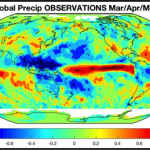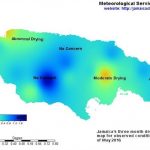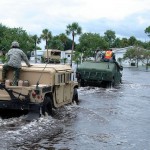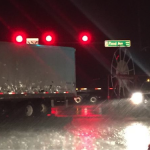
Climate models are probably the most fundamental tool advancing the field today, and to me, until recently, the models seemed like some large mythic machine behind locked doors in some secret facility in the desert. My research internship succeeded at demystifying them. They’re essentially mathematical representations of the climate system courtesy of codes run on powerful computers.

When most people think of a weather forecast, they usually think of a forecast 1-10 days in advance. While these forecasts are the most familiar, they are only one end of a spectrum. On the other end are forecasts that range up to months in advance. Farmers in the developing world are increasingly using these types of forecasts to make decisions that directly impact their livelihoods.

Florida is the top state in U.S. most at-risk of flooding due to both climatic and geographic reasons. Florida suffers from both river and coastal floods. And being located in the subtropics makes Florida vulnerable to tropical and subtropical cyclones, also known as hurricanes. From 2000 to 2013, 63 hurricanes or tropical storms have struck Florida and caused over $64 billion in damage collectively. Florida’s terrain is also relatively flat so it’s harder for water to drain.

In recent years, many weather events either shattered or challenged the record books and the conversation about the cause of these events heated up rooms more than the greenhouse effect could ever hope to. It is these extreme events that inspired me to learn more about climate. Over the past several weeks, another extreme weather event has been underway and with it, the climate connection conversation.







